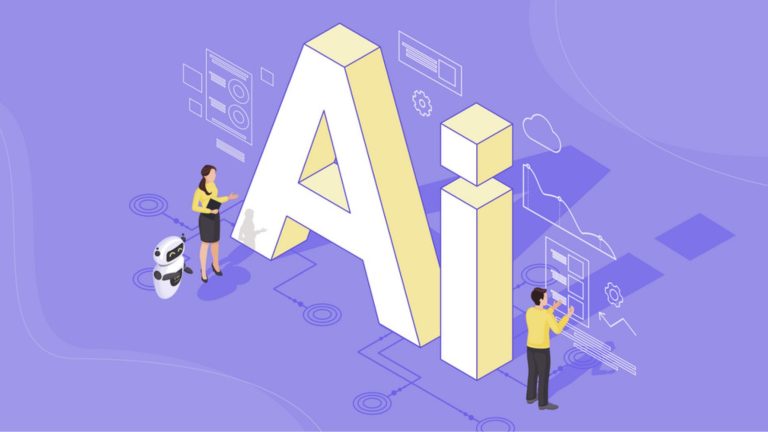The relationship between Artificial Intelligence (AI) and the banking industry was evolving even before the onset of COVID-19 but post the disruptive events of the pandemic, all industries began to assess options and explore ways to reduce liabilities, increase compatibility with customer expectations and protect assets. The banking sector was no exception and today, AI has become a key component of its increased focus on customer-centricity, systematic compliance management and seamless operations.
The brick-and-mortar model is already appearing to be obsolete and online banking too has evolved to explore the potential of personalized interfaces powered by AI for more effective customer service.
Also read: Ashutosh Sinha joins Wiggles.in as Head – Human Resources
The network GlobeNewswire anticipates that the AI market size will grow from USD 86.9 billion to USD 407.0 billion between 2022 and 2027, at a Compound Annual Growth Rate (CAGR) of 36.2%. Alok Bansal, MD of Visionet Systems India & Global Head of BFSI Business, says this growth is to be anticipated at a time when legacy banking institutions are undergoing major shifts. He adds, “The use of disruptive AI technology in banking is becoming normative and AI algorithms are helping financial institutions to tailor services according to individual preferences. AI-powered digital assistants can now provide more personalized and efficient responses to customer queries. Customers can also be guided around the clock through AI-powered chat boxes and voice assistance. Personalized interfaces are indeed shaping the future of the banking industry.”
Natural Language Processing (NLP) also helps to speedily scan and process documents to save time and reduce risks while AI-enabled biometric authentication protects sensitive data. Says Alok, “AI is helping banks to combat fraudulent activities like phishing, identity theft, and forgery of documents. AI algorithms can detect suspicious financial transactions and activities and red flag them instantly. By analyzing a customer’s spending patterns and behavior, these algorithms can detect unusual or suspicious activity and alert the customer or bank to take action. As consumers increase their use of digital banking services, they grow to expect more, particularly when compared to the standards they are accustomed to from leading consumer internet companies.”
Smarter banking is the need of the hour today, he says, to cater to digital savvy millennials and Gen Z customers. He adds, “Banks should continuously raise the bar on personalisation, to the point where they sometimes anticipate customer needs before even the customer is aware of them, and offer highly tailored services at the right time, through the right channel.”
Stay connected with us on social media platform for instant update click here to join our LinkedIn, Twitter & Facebook

































